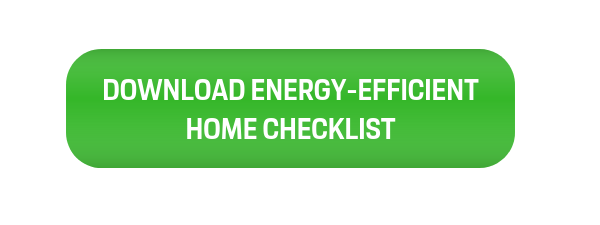The best energy efficient homes are designed with savings in mind. This includes home insulation that conserves energy spending and creates a smaller environmental footprint.
The most common forms of insulation are easy for DIY touch-up projects, but very complex to implement on a large scale. This makes insulation both easy to use – and easy to misuse. One of the biggest mistakes homeowners make is failing to tuck and fit materials around irregularly shaped objects such as pipes and wires – this reduces any insulation’s effectiveness by as much as half. For new energy efficient homes, you can be sure the builder is taking these details into account.
Batts and Blankets
Batt and blanket insulation comes primarily in fiberglass. Batts and blankets are easily managed and installed, but have a few frustrating aspects. They have to be cut by hand for particularly irregular spaces, and they’re itchy to install (don’t wipe your eyes with your hand when installing fiberglass). Batt and blanket insulation also compresses, which can cause it to lose efficiency over time.
Cotton may be preferable, but it isn’t as widely available. It’s more useful for walls. Rockwool is also useful, but not in high-humidity environments like South Florida – it can develop mold if it gets damp. There are better solutions for modern homes, and batts and blankets are rarely used as primary insulation materials by a South Florida home builder.
Loose Fill
Coming in fiberglass and cellulose, loose-fill insulation is blown in by machine. Loose fill will settle over time, losing a small degree of efficiency, but it’s a good solution for ceilings and cavities where access is restricted.
Structural Insulated Panels
Structural insulated panels are lightweight but highly efficient panels that come in a range of sizes. They’re superb for insulating very wide areas, and they’re easy to install. They do still need to be cut to fit. Structured insulated panels are mostly used in new homes.
Spray Foam
Spray foam insulation stops the movement of air, which makes it a good insulator. The trade-off is that spray foam uses a great deal of materials, and it will off-gas chemicals and volatile organic compounds (VOCs) during the application process. Therefore, spray foam insulation requires a 3-day wait until you can enter the area.
Insulation is a major consideration for energy efficient homes. Before you choose a South Florida home builder, be sure to ask about the kinds of materials they install inside walls and attics for insulation.

Comments are closed here.